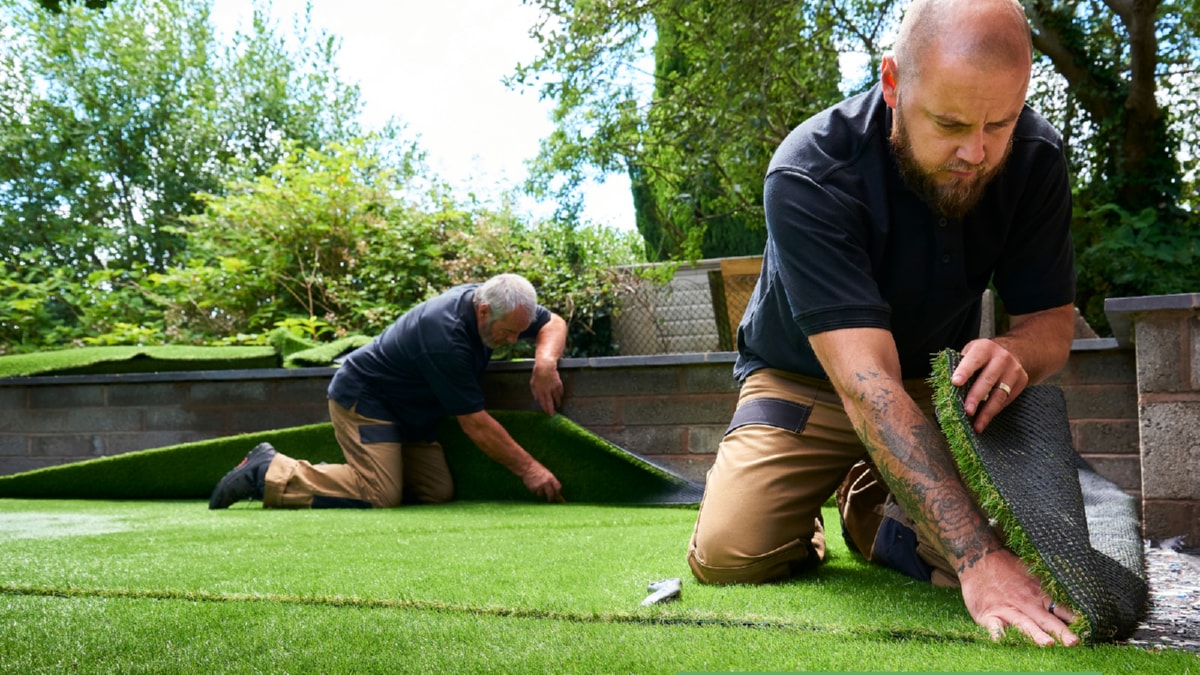The modern construction industry is undergoing a significant transformation fueled by the advent of green building trends. This is in response to the growing global consciousness about environmental sustainability and the need to mitigate the adverse effects of climate change. These trends are reshaping the construction sector, with industry players now focusing on energy efficiency, sustainable materials, and environmental impact in their building projects.
Green construction practices introduce several substantial benefits to the construction industry. The most noticeable is energy efficiency. Green buildings often incorporate designs that optimize the use of natural light and ventilation, reducing reliance on artificial heating, cooling, and lighting systems. This leads to lower energy consumption, which not only reduces utility costs but also decreases the carbon footprint of the buildings.
Besides energy efficiency, the use of sustainable materials is another green trend shaping the modern construction industry. The focus is now on materials that are locally sourced, recyclable, and have low embodied energy. These materials include bamboo, recycled steel, and reclaimed wood. Using such materials reduces the environmental impact of construction activities, creates a market for recycled materials, and promotes a circular economy in the industry.
The increased prevalence of green building trends is also fostering innovation in the construction sector. This is evident in the development of new construction methodologies and technologies, such as Building Information Modeling (BIM), which facilitates energy-efficient designs. Similarly, new materials like self-healing concrete and photovoltaic glass are emerging, all aimed at enhancing sustainability in the construction industry.
However, the shift to green building practices also presents a few challenges. One of the primary challenges is the perceived high initial investment. While it’s true that green constructions may require a higher upfront cost, it’s crucial to note that these costs are often recouped over time through energy savings and reduced maintenance costs. The challenge lies in convincing stakeholders to embrace this long-term view, which requires a shift in mindset.
The skills gap is another challenge facing the construction industry in its transition to green building practices. The new methods and technologies require specialized skills, which may not be readily available in the existing workforce. This necessitates retraining and upskilling, which can be time-consuming and costly. However, it also presents an opportunity for job creation in the green construction sector.
In conclusion, green building trends are significantly impacting the modern construction industry, presenting both opportunities and challenges. The benefits of energy efficiency, sustainable materials, and innovation are compelling reasons for the industry to embrace these trends. However, to fully realize these benefits, the industry needs to overcome the challenges of high initial investment and skills gap. With concerted efforts from all stakeholders, the construction industry can successfully transition to green building practices, contributing significantly to global sustainability goals.
For more details, check best masonry services or visit their business listing here.



